Shrines, Temples, and Bamboo Forests: A Few Days in Ancient Kyoto, Japan
Spending time in Kyoto was like waving at dead emperors from a Tesla; where the ancient meets the modern.
Our trip back to Tokyo allowed me to reunite with my wife and son. It had been too long. It was wonderful to see them, especially after they spent two long hours in the customs line. It seemed that several planes arrived all at once, which meant there were a couple thousand people trying to get through. From there, we made our way to our bullet train headed to Kyoto. My wife and son fell fast asleep. The trip was only two hours, but it was sufficient to give them a little tranquility from their enormously tedious and overcrowded flights.
My wife spent some time preparing for this trip. Our goal was to spend a few days exploring this remarkable city before returning to Tokyo for a series of speaking engagements and meetings.
Kyoto is a city that seamlessly blends traditional Japan with modernity. You can be walking down a bustling road and find yourself in an ancient temple. It is renowned for its rich cultural heritage, featuring over 2,000 temples and shrines. The city is also celebrated for its natural beauty, including picturesque bamboo forests. While my family came for the scenery, I went for the delicacies. Japanese cuisine views presentation as a fundamental aspect of the eating experience. The dishes are designed to be visually appealing, combined with the colorful sauces.
The Bamboo Forest, situated in Arashiyama, Kyoto, Japan, is a dense and verdant area. These towering bamboo stalks can grow over 98 feet and spread rapidly, reaching full height in a single growing season.
We arrived early and avoided the tourist traffic, at least for the first 20-30 minutes. Walking through these natural giants was quite serene. During our visit, we encountered a lovely group of students from a local school in Kyoto. They had specific questions to ask tourists, but they were rather shy. So, as you can imagine, my wife approached them and began speaking with them. They joined us and tried vigorously to formulate questions. We answered them accordingly, said our goodbyes, and shortly thereafter, they ran towards us for a picture to record the moment. We happily obliged.

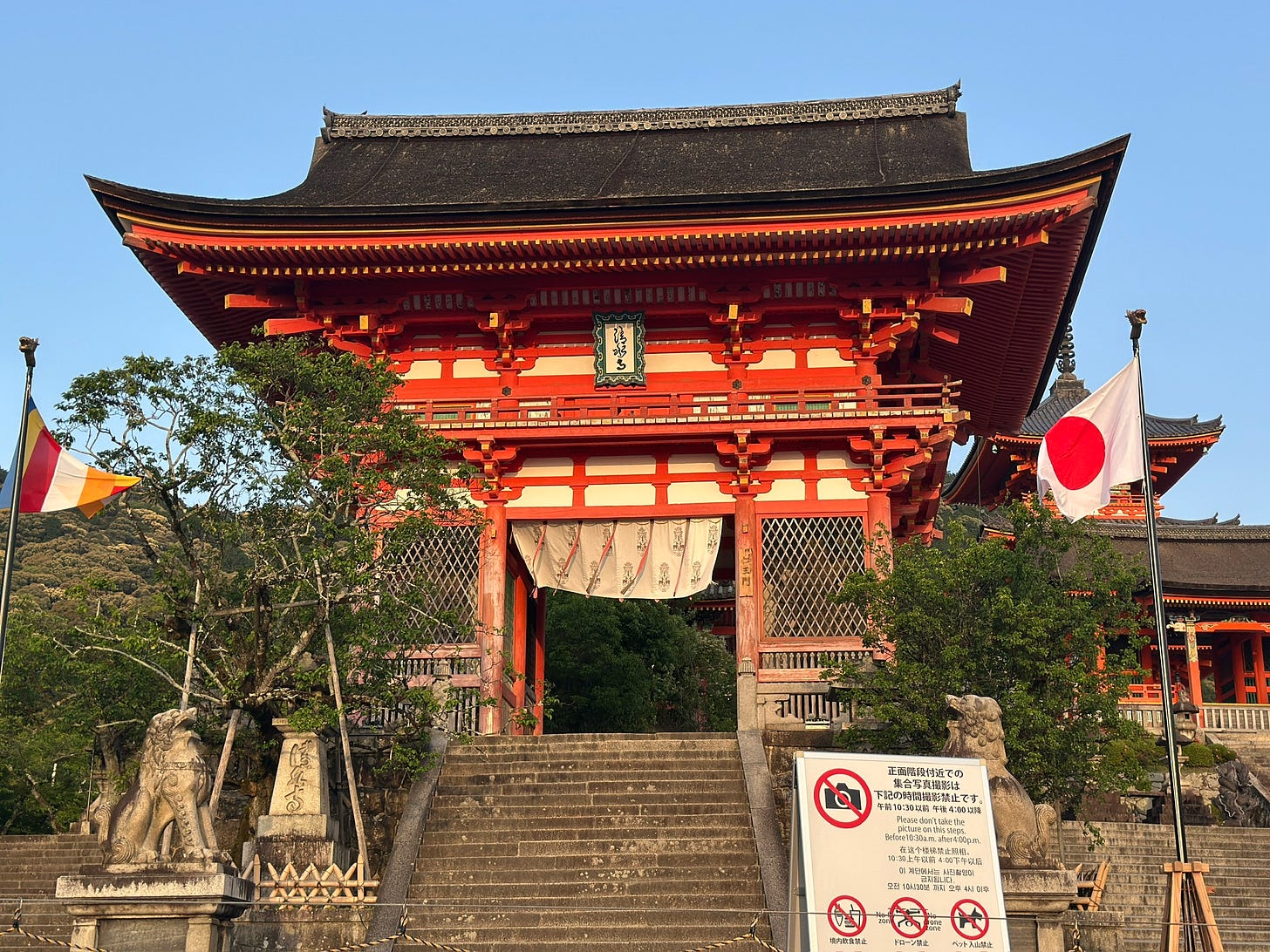
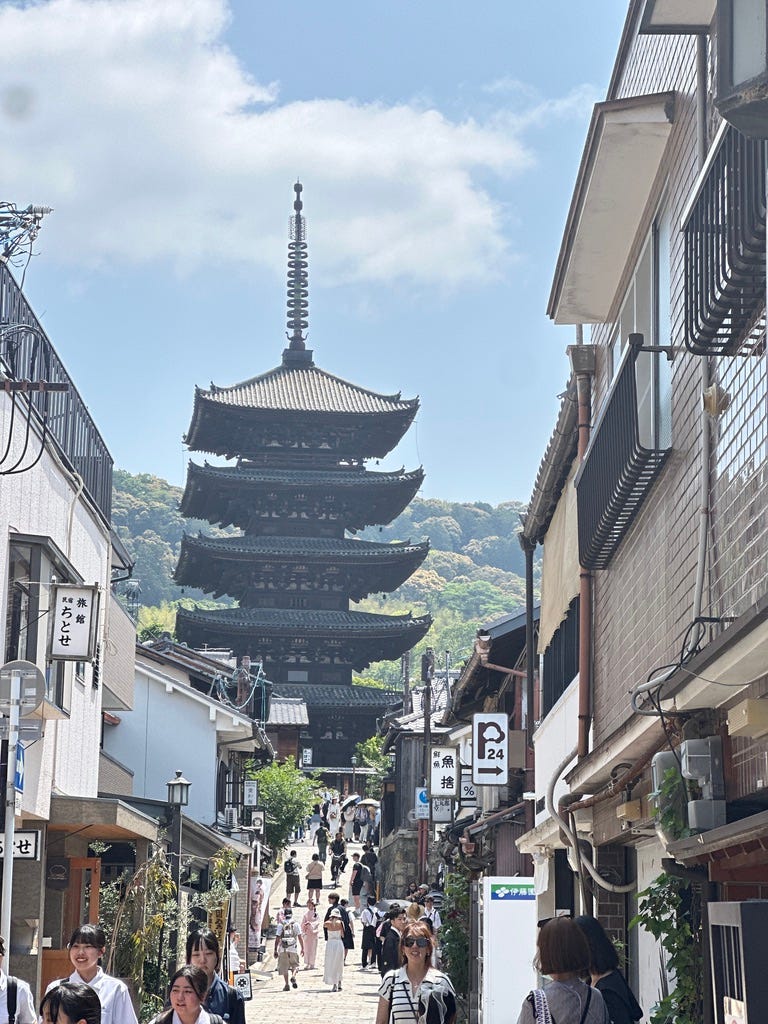
The Fushimi Inari shrine was a terrific site. The shrine is a long upward walk for almost an hour through the vermilion gates. My son did his slo-mo jump:
The few days gave us a needed refreshment amid an ancient world. We walked, walked, and then walked some more. We tasted, tasted, and then tasted some more.
Every new world is foreign, but Kyoto was a form of sophisticated foreign; the ancient came back to life through their decorated graveyards. The sacred spaces were incensed with smells of centuries’ old life.
The pagan worlds of Shintoism and Buddhism are displayed in beautified sepulchers. Shrines are offered as an attempt to please the gods; the few faithful bow and clap. Kyoto is an attempt to keep fresh the memory of a religion that is acknowledged but barely practiced in Japan. While the Christian religion remains small, the old false religions attempt to survive the dogma of modernity. They are losing. And everyone knows. The children’s children show little interest. All that is left are the vestiges, and lots and lots of tourists.

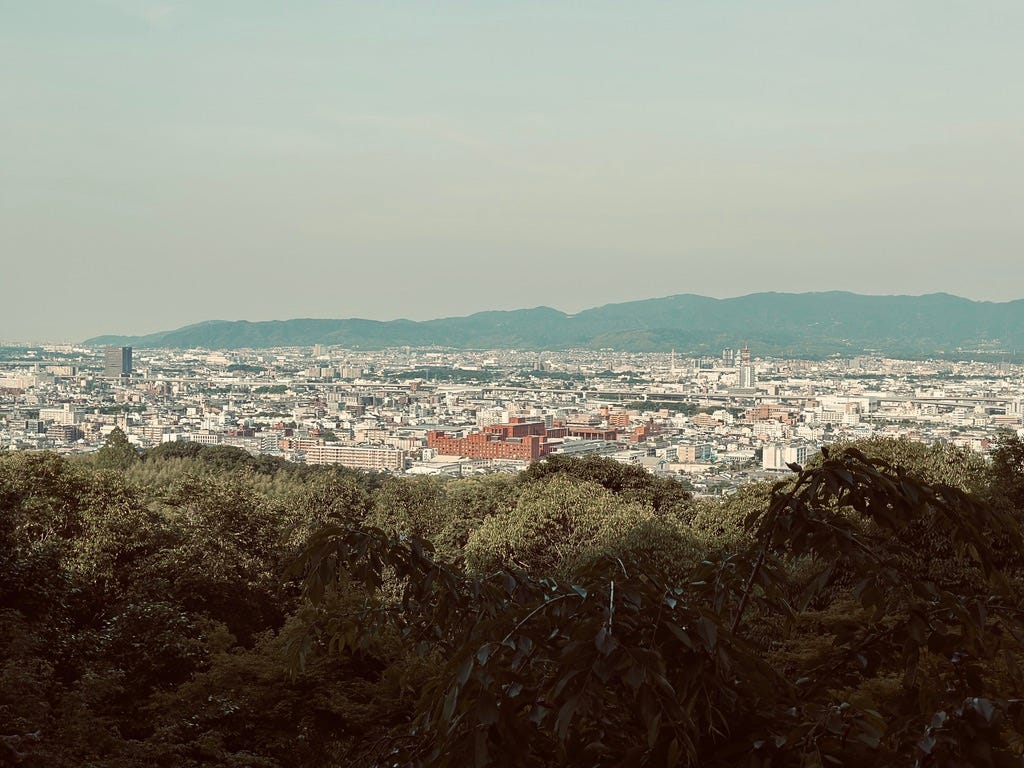
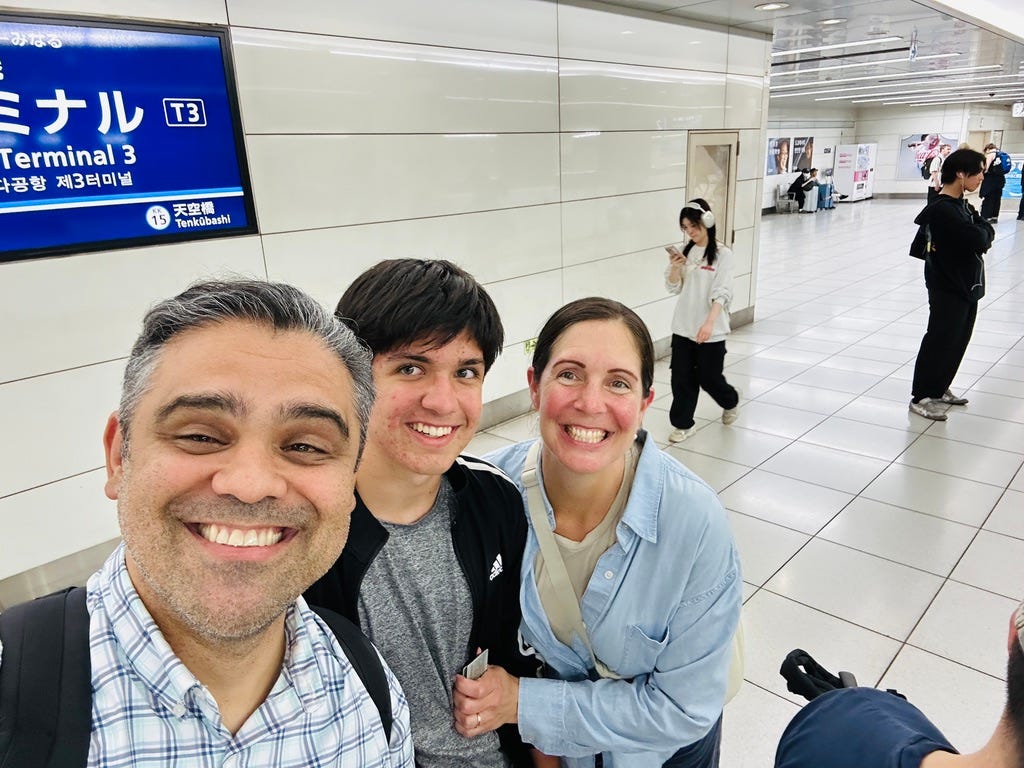
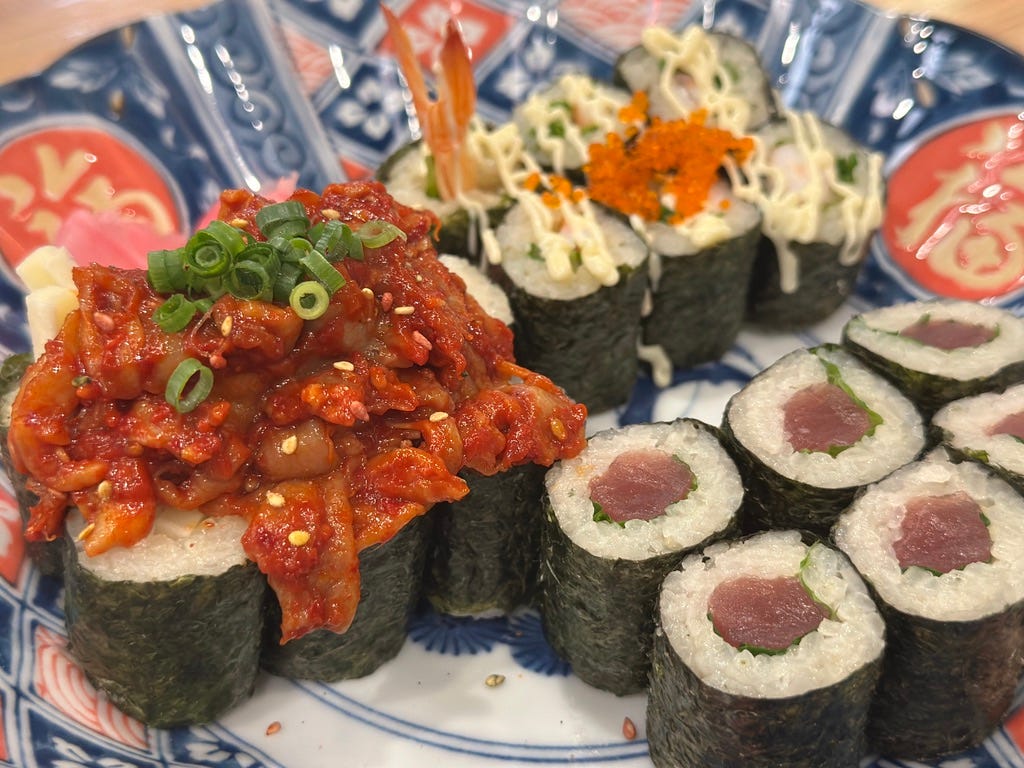
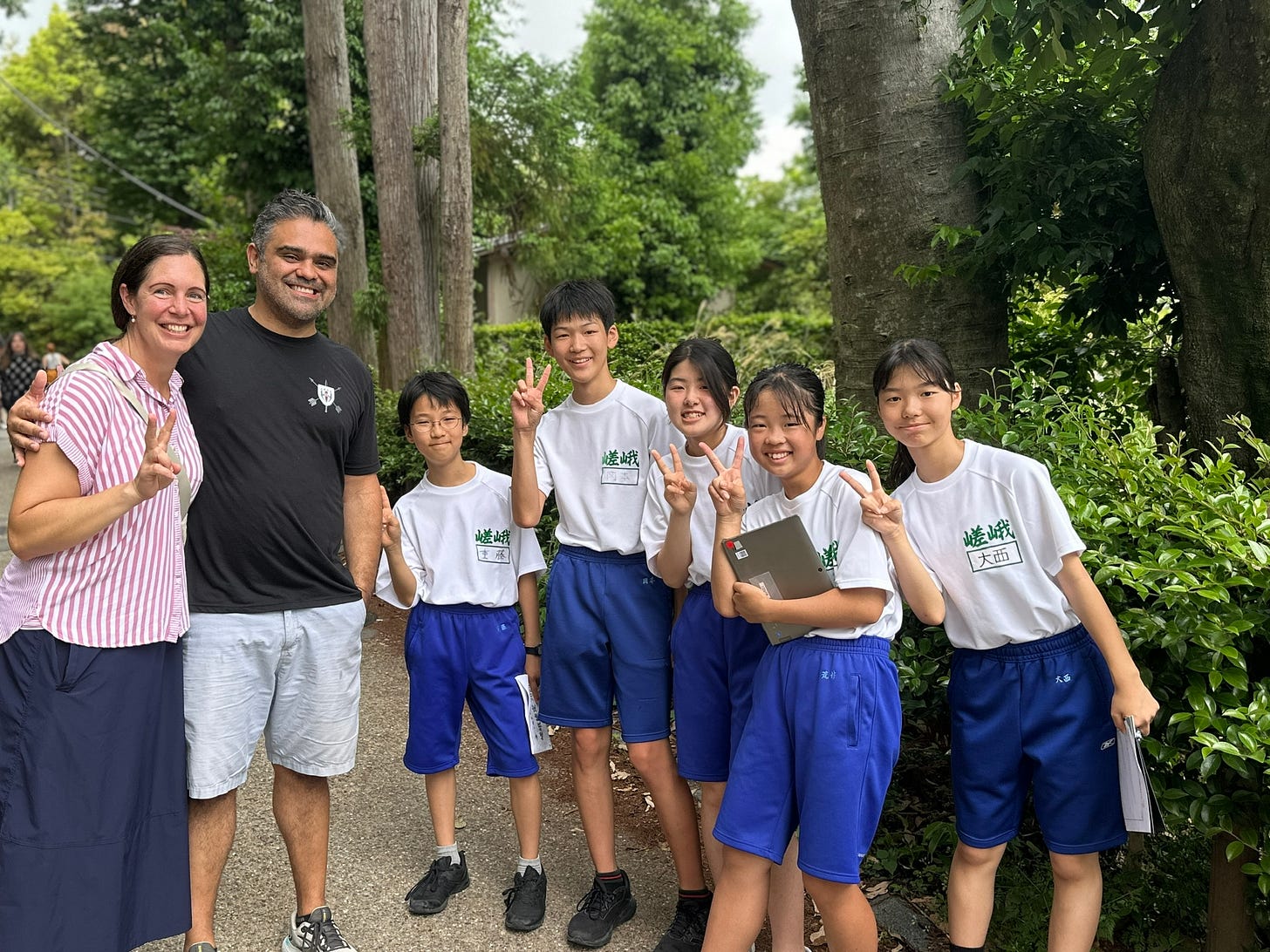

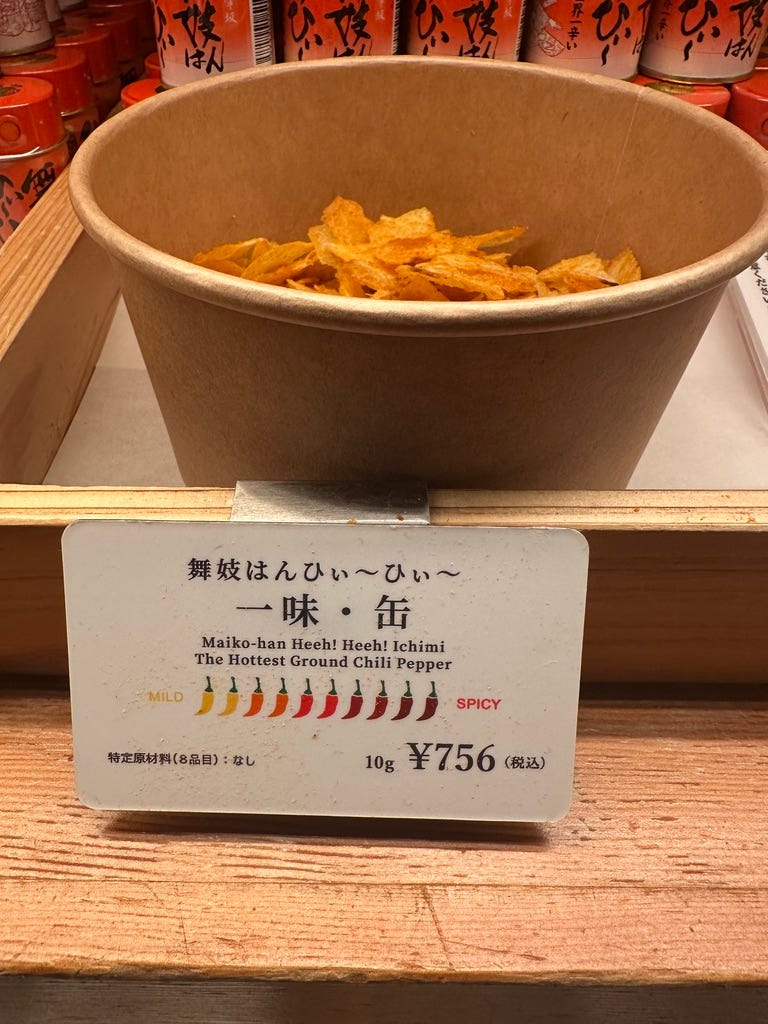
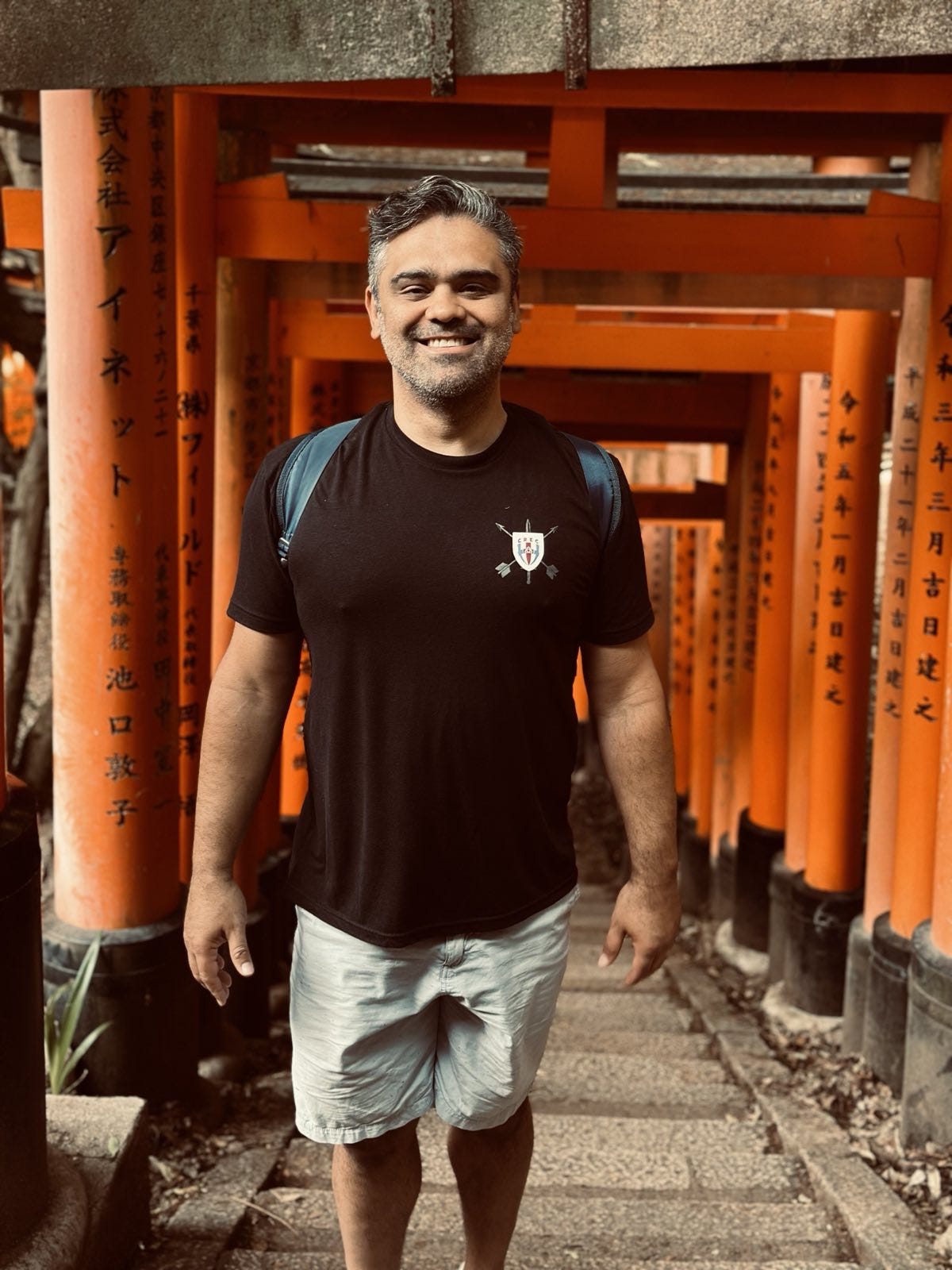
The slo-mo of Ezekiel>priceless!!! And also, I haven’t stopped thinking about that mango cheesecake 😁😁
Thanks for sharing. Beautiful photos.